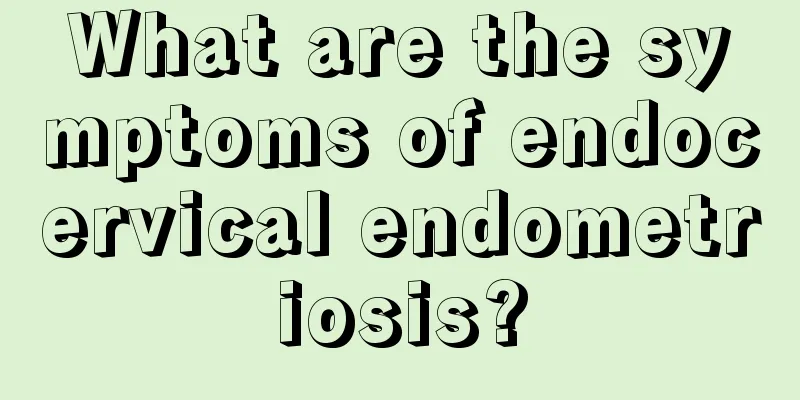Can acupuncture treat pelvic inflammatory disease?

|
Pelvic inflammatory disease can be said to be a very common disease among female friends. When this disease occurs, the patient will feel particularly uncomfortable and will also have symptoms of lower back pain, which will affect their normal life. At this time, the effect of using acupuncture alone is not so significant. It is still necessary to use a combination of Chinese and Western medicine for treatment, and antibiotics need to be used when necessary. The main treatment is antibiotics, and surgery if necessary. Antibiotic treatment can eliminate pathogens, improve symptoms and signs, and reduce sequelae. With active treatment with appropriate antibiotics, most pelvic inflammatory disease can be completely cured. Principles of antibiotic treatment: empirical, broad-spectrum, timely and individualized. It is reasonable to select antibiotics based on susceptibility testing, but antibiotic treatment usually needs to be given before laboratory results are obtained. Therefore, initial treatment is often based on experience. Since the pathogens of pelvic inflammatory disease are mostly Neisseria gonorrhoeae, Chlamydia, and mixed infections of aerobic and anaerobic bacteria, and aerobic and anaerobic bacteria are divided into Gram-negative and Gram-positive, the choice of antibiotics should cover the above pathogens, and broad-spectrum antibiotics and combination drugs should be selected. Timely medication within 48 hours of diagnosis of pelvic inflammatory disease will significantly reduce the occurrence of sequelae. The specific plan selected is based on comprehensive considerations such as hospital conditions, patient acceptance, drug effectiveness and cost-effectiveness. 1) Ineffective drug treatment: If the body temperature of a fallopian tube, ovarian abscess or pelvic abscess does not drop after 48 to 72 hours of drug treatment, or the patient's poisoning symptoms worsen or the mass increases, surgery should be performed promptly to avoid abscess rupture. 2) Abscess persists: The condition improves after drug treatment and the inflammation is controlled for several days (2 to 3 weeks). If the mass still does not disappear but has become localized, it should be surgically removed to avoid another acute attack in the future. 3) Abscess rupture: Sudden worsening of abdominal pain, chills, high fever, nausea, vomiting, abdominal distension, and resistance to pressure on the abdomen or signs of toxic shock should be suspected. If the abscess ruptures and is not diagnosed and treated in time, the mortality rate is high. Therefore, if abscess rupture is suspected, laparotomy should be performed immediately while also initiating antibiotic treatment. |
<<: What are the symptoms of biochemical miscarriage?
>>: Girls have strong sexual desire
Recommend
Can I have sex if I have bacterial vaginitis?
I believe that female friends are no strangers to...
There are ways to nourish yin and tonify the kidneys, but don't fall into misunderstandings
The incidence of chronic kidney disease is increa...
How to celebrate Valentine's Day during the 2020 epidemic? Do we still need to give gifts on Valentine's Day on February 14th?
Before we know it, we are about to welcome Valent...
Hot belly during early pregnancy
Most pregnant women cannot feel the presence of t...
Do I need oxygen during late pregnancy?
Most female friends will feel difficulty breathin...
What causes hemorrhoids in women?
If the lifestyle is not good, women are prone to ...
What are the changes in menstruation before menopause?
What are the symptoms of premenopause in women? M...
What is the normal ovarian volume?
I believe that most people don’t know much about ...
Why does bleeding occur during intercourse one month after having an IUD inserted?
After the IUD insertion surgery, women must go ho...
Cherish life and stay away from blood clots
Author: Liu Dong, attending physician, Beijing Ch...
Bright red non-painful bleeding
Caring for the human body is a compulsory course ...
Why are there small white bumps on the genitals?
What should I do if my vagina is itchy and there ...
How to increase female hormones
Many women have bad hormones and feel that they h...







![Success is not enough [Exhibition of outstanding works of the 4th "Xibei Cup" National Rehabilitation and Physical Therapy Popular Science Competition (Graphic and Text Category)]](/upload/images/67f16fdcd3ee5.webp)

